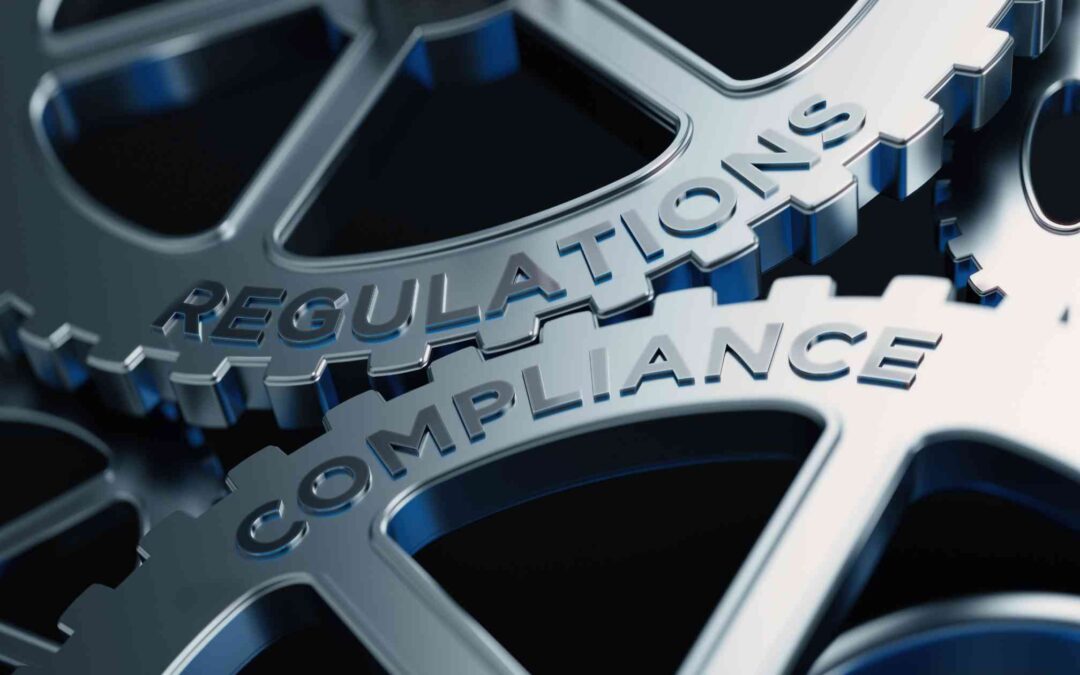After the 2022 crypto collapses, the Thai securities regulator now requires crypto custodians and exchanges to have a contingency plan. The DeFi sector is increasing its TVL, and this expansion needs to assure clients of the safety of their funds.
New rules are being introduced by the Securities and Exchange Commission of Thailand to protect crypto investors.
As of January 17, 2023, the Thai SEC published regulations requiring virtual asset service providers to create a digital wallet management platform to ensure efficient custody of digital assets. These new rules are directed at crypto custodians, or virtual assets service providers (VASPs), that offer crypto storage services.
Three major requirements are included in the regulations, including creating policies and guidelines to oversee the risk management of private keys and digital wallets. VASPs must communicate with regulators about such policies and provide action plans to ensure compliance.
The Thai SEC also requested that crypto custodians create policies and procedures to manage digital wallets and keys. The SEC will require crypto custodians to create a contingency plan for any unforeseen events that could affect the wallet management system.
The SEC added that this included testing and drafting action procedures, assigning responsible persons, and reporting on the event.
Suppose an event affects the security of digital assets in custody. In that case, an system security audit and a digital forensic investigation must be conducted to assess the potential impact on client assets.
According to the announcement, the regulations regarding crypto custodians will take effect on January 16, 2023. These custodians must comply with all requirements within six months of that date.
The recent crypto regulations by Thailand’s SEC align with the authority’s efforts to implement stricter regulations. This comes in the wake of industry incidents such as the collapse of FTX. In early January, the authority reportedly began a new investigation against a local crypto exchange. Zipmex was accused of providing digital asset fund management services without proper authorization.
Such policies are important since more money is poured into crypto. Experts are calling this amount the Total Value Locked (TVL).
What is the Total Value Locked (TVL)?
Financial market experts have begun to accept the new type of investment that decentralized finance (DeFi) and have explored ways to measure its performance.
Since the rise of decentralized finance (DeFi) in 2020, financial experts have been exploring new ways to evaluate its performance. In addition to market capitalization, trading volume, and total and circulating supply, total value locked (TVL) is a popular crypto indicator. DeFi investors use it for assessing the overall value of assets, usually in USD. This estimate may be used across all DeFi protocols or in a single DeFi project.
For example, TVL in staking is particularly useful for investors looking to support the DeFi platforms with the highest rewards. It is the total value locked in the DeFi staking protocols and represents the amount of assets deposited by liquidity providers. In 2022, TVL reached nearly $2 billion globally, growing from $400 million in the previous two years. Having this sum of money in a vastly unregulated industry is becoming a risk.
TVL has become a crucial metric for investors looking to assess if the entire ecosystem or a single protocol is healthy and worth investing in.
The value of TVL value is affected by many other factors than withdrawals, deposits, and the actual amount that a protocol holds. The TVL changes with the value of either the native token or fiat currency. Some protocols may deposit funds in native tokens, so their TVL can vary with their value. The protocol’s TVL will also increase in value if a token is acquired.
Most DeFi apps are not regulated
The growth of DeFi has been substantial in 2021. But it still remains relatively small compared to the overall crypto-asset market capitalization. The TVL of the DeFi sector rose from around 18 billion EUR in January 2021 to over 240 billion EUR by the end of December 2021.
Currently, many DeFi platforms provide financial services in a non-compliant manner, exposing participants and the market to significant risks. Despite their complexity, many DeFi applications, when broken down, could represent regulated activities. These may follow the comprehensive frameworks already in place to preserve financial stability, protect financial consumers, promote investor protection and market integrity, and mitigate illicit finance risks. Non-compliance of DeFi systems with existing frameworks gives rise to pronounced risks for participants and the market.
However, compared to the size of the entire crypto-asset market, DeFi is still considered a niche segment. After the collapse of the stablecoin TerraUSD in early May 2022, TVL in DeFi dropped by almost 40% (approx €80 billion). Credit and staking protocols have experienced the biggest declines. Similarly, the value of many DeFi tokens decreased, particularly the DeFi token Luna which is directly linked to TerraUSD.
Some DeFi applications or activities are currently falling outside of the regulated space. This happens in some jurisdictions, and they raise risks that are left unaddressed by the existing rules.
Some of the characteristics of DeFi may be incompatible with existing regulatory frameworks. But these particularly given that the current framework is designed for a system that has financial intermediaries at its core. For example, frameworks are in place for the registration, licensing, and supervision of intermediaries involved in issuance, brokerage/trading, custody, and lending activities.
But the existence of intermediaries is contrary to the very essence of decentralized finance. And it is often difficult to even identify parties involved that can be assessed or regulated. Enforcement of existing regulations is also difficult to apply, given the absence of a responsible entity. As such, it may also be the case that current regulatory frameworks may not be suitable for regulating decentralized networks in certain jurisdictions.

